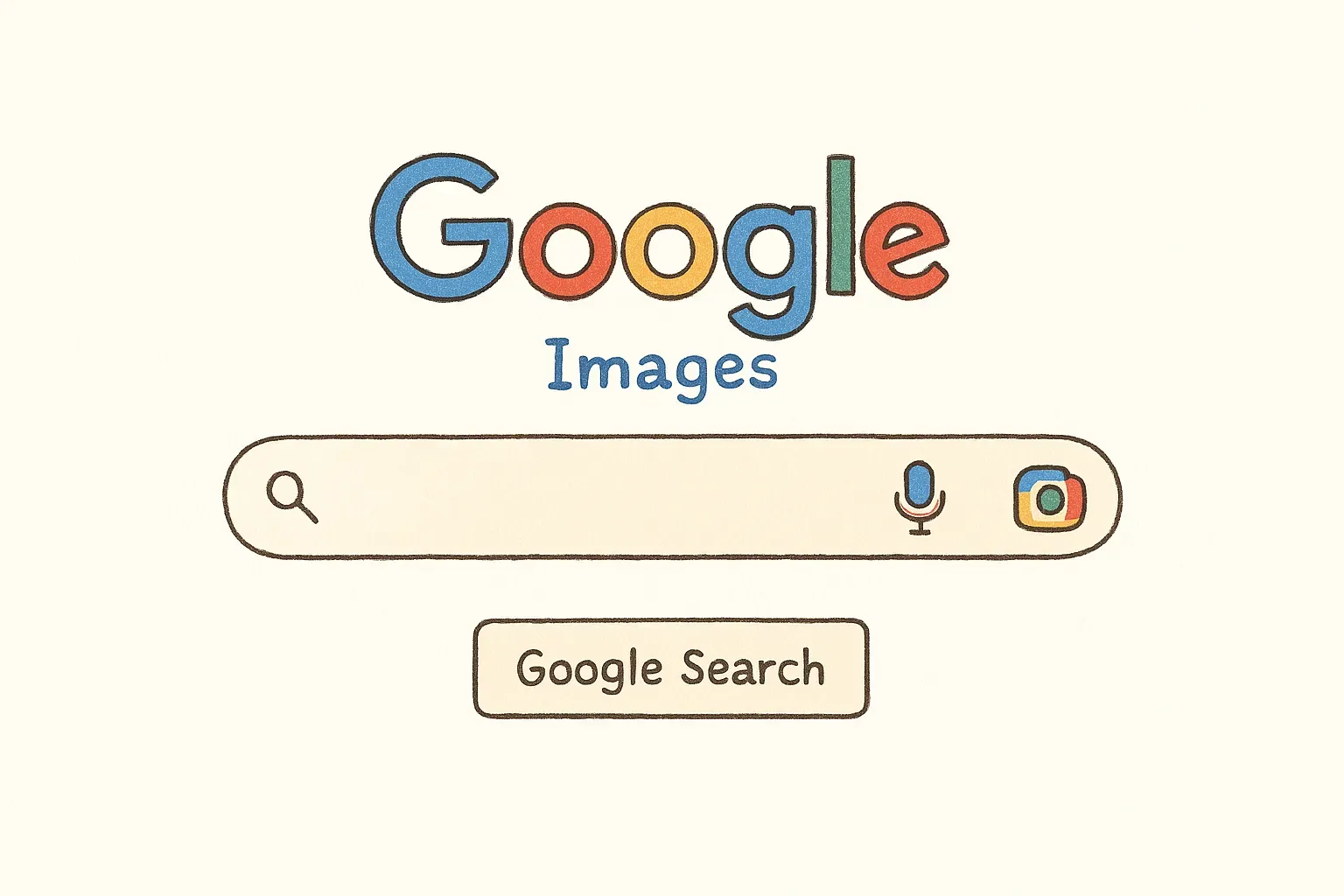Google AI now understands images, and SEO should be your strongest weapon
Google adds image understanding to AI Mode. Marketers should focus on SEO to make their products and visuals searchable.

Google just added image-based search to AI Mode, combining visual analysis with text understanding. You can upload an image, ask a question, and get a full response — not just about what the image is, but what it means.
For marketers, this changes how people discover products, content, and brands. What shows up in search will now depend on how well your content gives context to images. This is no longer about just writing for keywords. It's about helping search engines understand everything users see.
Short on time? here’s what matters
- Google AI Mode now understands images and responds to visual queries.
- Context is key. AI surfaces content that explains what’s in the image.
- Marketers must optimize image SEO: captions, alt text, filenames, and nearby copy.
- AI Mode queries are twice as long. Users search with photos, not just keywords.
- Test your own images in AI Mode. If there's no clear response, add context.
AI search now reads visuals and their meaning
AI Mode uses Google Lens and Gemini to analyze images. It identifies every object, understands how they relate, and runs multiple queries behind the scenes. That means one image can trigger several angles: materials, colors, comparisons, even suggestions.
Marketers can’t assume product shots or visuals speak for themselves. Without context, the AI might skip your content completely.
SEO now includes every photo on your site
This isn’t just an ecommerce issue. Every brand using visuals in blog posts, landing pages, or media content needs to support those images with actual context.
If your image shows a bookshelf, the AI might ask what books are on it, what genres they are, or what similar titles exist. If the image isn’t supported with text that answers those questions, it won’t show up.
To prepare:
- Describe the image in text near it. Don't rely on visuals alone.
- Add captions and context for what the object is, what it’s made of, and what problem it solves.
- Make filenames and alt text useful and descriptive.
Search behavior is shifting, and SEO must meet it
Google reports that AI Mode queries are twice as long as regular searches. That’s because people are asking specific questions and uploading images to get answers. The old method of optimizing for a few broad keywords won’t work here.
Someone might snap a picture of a product, ask how it compares to another, and rely on Google to figure it out. If your SEO doesn’t help the system interpret your content, you’re not in the running.

Context now decides what gets found
Google’s new image search means context decides what gets found. If your content includes images, it’s not enough to just upload and hope they rank. You need to give search engines clear, useful information around every image.
Start by reviewing your site. Look at product pages, blog posts, and press materials. Add captions that describe what’s in the photo. Use nearby text to explain what the image shows, what’s important about it, and how it connects to your offer. Rename your files and update alt text to reflect what’s actually there. The more clear context you provide, the more likely your content is to show up — especially now that people are searching with photos, not just words.
How to get better at image search
Whether you’re trying to use image search effectively or make sure your brand content gets found, here’s how to stay ahead.
1. If you’re searching using images:
- Use AI Mode in Google Labs: Go to google.com/aimode. Upload a photo and ask a specific question.
- Combine image and text: Pair your visual with a clear question for better results.
- Use Google Lens regularly: Right-click any image and select Search image with Google Lens to learn more, find products, or track image use.
2. If you want your visuals to get discovered:
- Write meaningful alt text: Describe exactly what the image shows, including objects, brands, or features.
- Use clear file names: Skip generic names like IMG_1245.jpg.
Go with red-running-shoes-side-view.jpg. - Add context in your content: Support every image with text nearby that explains what it is and why it’s important.
- Test your own visuals: Upload one of your own product or brand images into AI Mode. If it doesn’t return relevant results, that’s a sign your content needs more context.



